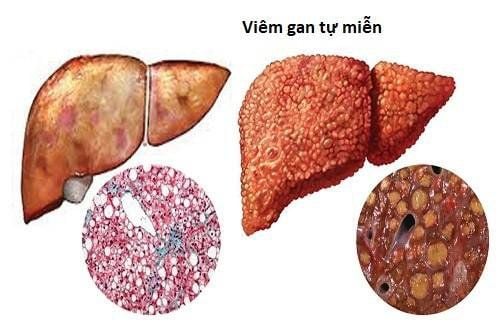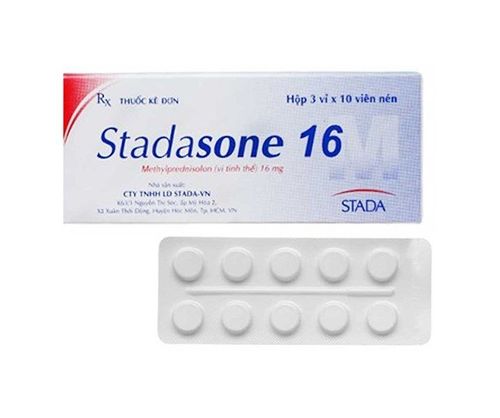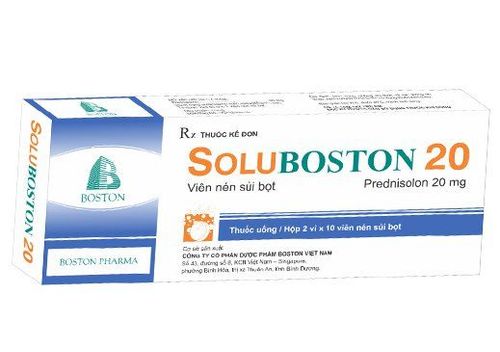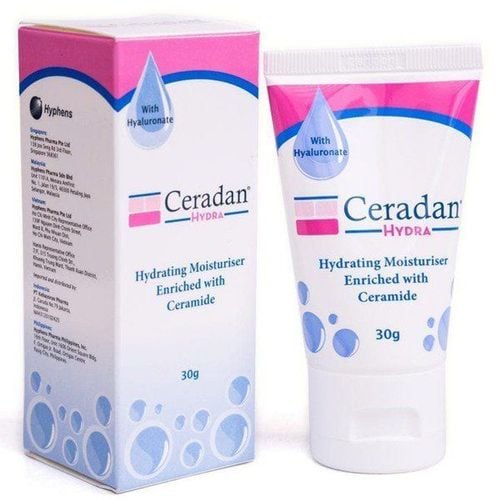This is an automatically translated article.
The ANA test is a test that detects antinuclear antibodies (ANA) in your blood. This is an essential tool for the diagnosis of autoimmune diseases. A positive ANA test may indicate that your immune system mistakenly attacks its own tissue, in other words, an autoimmune reaction. However, some people can still have a positive ANA test even if they are perfectly healthy.1. What are autoantibodies and what is an ANA test?
The immune system makes proteins that protect the body, called antibodies. Antibodies are produced directly by white blood cells (B cells). The job of antibodies is to recognize and fight infectious organisms (germs) when entering the body. When an antibody recognizes the foreign proteins of an infectious organism, i.e. the n-antigen, they mobilize other immune cells as well as trigger an inflammatory response to fight the infection.
Sometimes these antibodies also make a mistake, identifying naturally occurring proteins in the body as foreign and dangerous objects. These antibodies will be called autoantibodies. Autoantibodies trigger an inflammatory cascade, causing the body to attack itself. Autoantibodies usually target normal proteins in the nucleus of cells called antinuclear antibodies (ANA).
Most of us have autoantibodies but usually in very small amounts. The presence of large amounts of autoantibodies or ANAs may be the cause of an autoimmune disease.
Specifically, the ANAs signal the body to start attacking itself and lead to autoimmune diseases such as systemic lupus erythematosus, scleroderma, Sjögren's syndrome, polymyositis or dermatomyositis, connective tissue disease Mixed binding, autoimmune hepatitis ... Then, autoantibodies damage tissues in the body if there is a specific protein component to them such as joints, skin, muscles and connective tissues in general, causing the system to malfunction. organ dysfunction and pathological manifestations.

Các ANA báo hiệu bệnh viêm gan tự nhiễm
2. How is the ANA test performed?
There are different methods used to check ANA.
The commonly used ANA test method is the fluorescent ANA test or FANA. In it, autoantibodies will be fluorescently attached, if present, will show up under the microscope and will be determined with the intensity of fluorescence.
The sensitivity and specificity of the ANA test is good enough to make it a very popular initial test to determine whether you have lupus in particular or any autoimmune condition in general. Since most patients with lupus are ANA positive (more than 95%), a negative ANA test result may be helpful in ruling out this diagnosis.
3. When is the ANA test ordered?
Your doctor may order an ANA test if you have symptoms that suggest an autoimmune disease, such as:Joint pain Muscle pain Generalized fatigue Recurrent fever Persistent fever

Xét nghiệm ANA khi có biểu hiện sốt kéo dài
Rash Sensitive skin to light Numbness and tingling in hands or feet Hair loss
4. How is the ANA test performed?
You usually don't need to do any special preparation when you have an ANA test.
This is a common blood test like any other, meaning the nurse or laboratory technician will take a small amount of blood from the basilar vein in your arm, put it in a test tube with the appropriate preservative. Then, the test tube containing the patient will be put into the machine and analyzed and processed completely automatically. You or a loved one will be scheduled to return the results within a few hours.
Because this is like other blood collection techniques, there is almost no risk of significant harm. You may experience pain or a small bruise after the blood is drawn.
5. What do ANA test results mean?
A negative ANA test result means that no autoantibodies are present in the body or present in very low concentrations, below the machine's detectable threshold. However, a positive ANA test result alone is not conclusive evidence of autoimmune disease.
Presence of ANA in healthy people is about 3 - 15%. The production of these autoantibodies is highly age-dependent and will increase to 10-37% in healthy individuals over 65 years of age, and the percentage will be higher in women. Even these healthy people who are infected with the virus can have a positive ANA even though it is only present for a short time.
In addition, some medications can also cause the ANA test to be positive, such as taking blood pressure medications or anti-seizure medications. That's why it's important that you tell your doctor about all the medications you're taking - prescription and non-prescription. In addition, in some diseases such as infection, tuberculosis infection, cancer, can also increase the concentration of ANA in the blood.
Thus, the identification of a positive ANA test result is only one of the pieces of evidence supporting the diagnosis of autoimmune disease, but not the only one. At the same time, to make a definitive diagnosis, the doctor will need other blood tests along with taking a history of symptoms and physical examination depending on the disease being targeted, such as the following autoimmune diseases: Here:
Systemic lupus erythematosus Sjögren's syndrome Rheumatoid arthritis

Xét nghiệm ANA khi có biểu hiện bệnh lý viêm khớp dạng thấp
Polymyositis Juvenile Chronic Arthritis Atopic Dermatitis Polymyositis On the other hand, even if your ANA test results are negative, you could still have an autoimmune disease. This diagnosis would be thought of with other supporting evidence, rather than the presence of ANA.
In short, with the advancement of Medicine, today's autoimmune diseases can be treated or controlled to some extent. To do this, the ANA test plays an important part, a positive result means autoantibodies are present.
Thanks to the ANA test, patients will be diagnosed with autoimmune diseases early and treated aggressively, preserving quality of life before autoantibodies have caused severe damage to organ systems.
Therefore, as soon as you have symptoms of autoimmune disease, you should see a specialist as soon as possible for advice and treatment. To register for examination and treatment at Vinmec International General Hospital, you can contact Vinmec Health System nationwide, or register online HERE
Reference source: healthline.com; rheumatology.org; webmd.com; mayoclinic.org
MORE:
Diagnostic tests for autoimmune diseases What are antinuclear antibodies? Common autoimmune diseases in children













